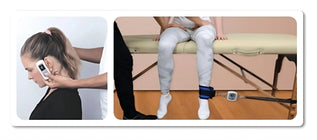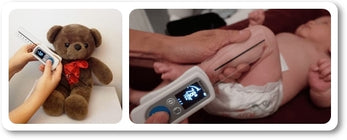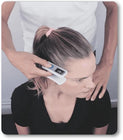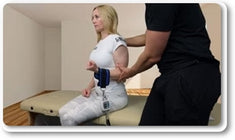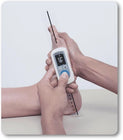Objective
Measurements of joint range of motion (ROM) are part of a physical therapist’s daily work. Activities of daily living and exercises can be complicated to perform when ROM is limited, and depending on the demands in daily living, the knee joint requires different ROM. In sports, a few degrees in ROM may make the difference between getting injured or not. The goals for physical therapists are to help the patients to regain full ROM, mobility, strength, and function after sustaining an injury. To measure joints with the manual universal goniometer is considered time-consuming and difficult with respect to repeated measurements. Recently, a new digital instrument for measuring range of motion was developed-EasyAngle. The first objective of the study was to investigate the reliability of EasyAngle for measuring knee joint angles, considering intrarater and interrater reliability. The second objective was to investigate if there were any differences in the intrarater reliability between a novice and an experienced assessor. Knee range of motion study.
Full Published Study Available: Wiley Online Library.
Study Details
Authors – Svensson M, Lind V, Löfgren Harringe M
Year of Study – 2019.
Number of Subjects – 40 knee joints (20 subjects).

Method
Passive knee angles were measured in fixed positions for 40 knee joints (20 subjects). Two registered physical therapists, one novice and one experienced, conducted the measurements. Both registered physical therapists were blinded to the measurements throughout the study.
Results
The results showed very good intrarater (intraclass correlation coefficient [ICC] 0,997-0,998, standard error of mean 1.15-1.48, smallest detectable difference [SDD] 3.19-4.09, limits of agreement -3.36-3.04, -4.66-4.09) and interrater reliability (ICC 0.994, standard error of mean 2.11, SDD 5.85, limits of agreement -4.75-6.95) for measurements of knee joint ROM. No statistical difference between a novice and an experienced assessor was detected (p = 0.86).
Conclusion
The results of the present study showed very good ICC values for both intrarater and interrater reliability measuring knee joint ROM with EasyAngle. Relatively high SDD values were seen for both assessors and may indicate a problem monitoring small differences between measurements. Further studies are recommended to increase the generalizability of the results.

